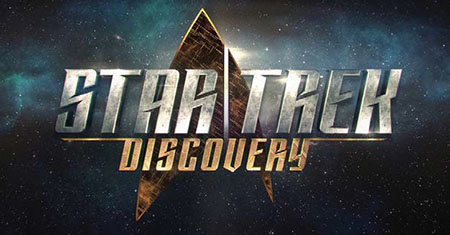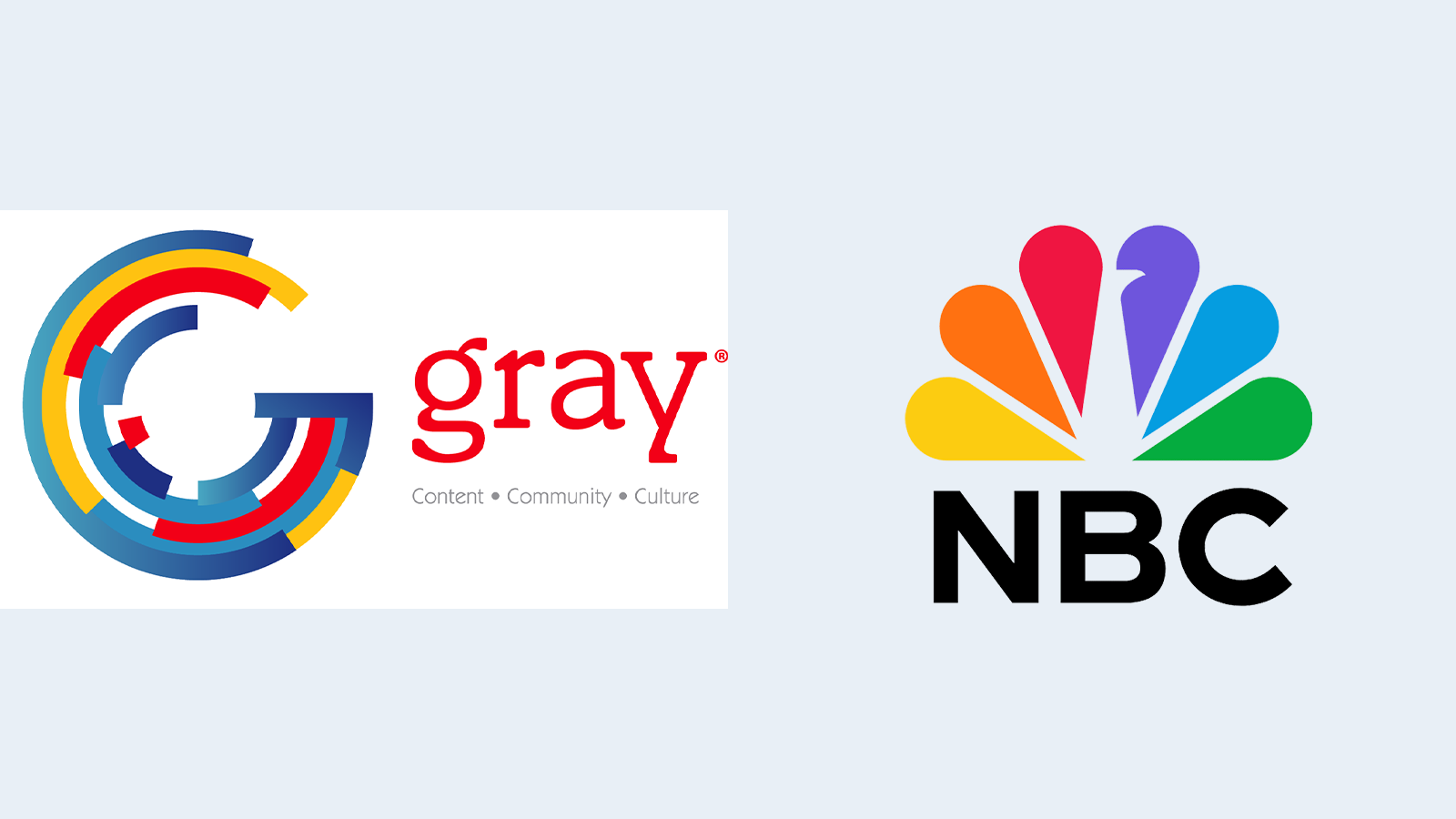DRM and the Challenge of Securing Content
OTTAWA—A year ago, the CBS TV network announced that it was producing the all-new “Star Trek: Discovery” (aka, in Star Trek parlance, “DIS”) series to anchor its pay-per-view “CBS All Access” streaming media website. “The new program will be the first original series developed specifically for U.S. audiences for CBS All Access,” CBS said at the time.

The fact that the network is producing a broadcast-quality TV series for online pay-per-distribution speaks to how seriously CBS sees streaming as an important future money-maker for broadcasters. At the same time, taking the plunge into streaming as a revenue source puts the network in the crosshairs of pirates who want to steal its content for free. This is why CBS, Netflix and all other online providers who charge for their content are relying more than ever on DRM (Digital Right Management) to protect their revenue streams.
‘TO BOLDLY GO’
In the world of catch-up TV and online on-demand services, unrestricted redistribution of content matters significantly. Online services need to limit all forms of piracy for two reasons—to protect their bottom line and to honor commitments made when licensing copyrighted content for online distribution. If subscribers can view this content without paying, content producers such as CBS make less money. Too much piracy, and they might not sell enough views to recoup their costs; let alone make a profit.
Hence, by deciding to take DIS to CBS All Access, the network has truly decided “to boldly go” where no U.S. broadcaster has gone before. That is why the network will need the very best DRM protection money can buy.

Steve Christian, senior vice president of marketing for Verimatrix Simply put, DRM is the arsenal of tools online (and cable/satellite TV) content distributors use to protect their moneymaking content. The DRM arsenal encompasses everything from conditional access password protection and public/private key encryption (where the paying customer purchases the private key to unlock the public key’s encryption of the content) to “digital watermarking” where the content’s origination point data is hidden within the feed; and open to deciphering by DRM analysts examining pirated content.
“Because DRM is designed to protect content producers and service providers from digital theft, it falls under what we refer to as ‘revenue security’,” said Steve Christian, senior vice president of marketing for Verimatrix, a San Diego-based developer of revenue security systems such as Video Content Authority System (VCAS) Ultra, which protects 4K/UHD pay streams in compliance with MovieLabs’ standards. “The key is to stay one step ahead of pirates by using a mix of software, hardware and digital watermarking tools, such as those built into VCAS Ultra to deter piracy attempts and to quickly identify and shut down those that are successful.”
WHAC-A-MOLE
The problem for online content providers is that DRM is just their side of a never-ending dance with piracy; one in which the “bad guys” are always finding new ways to game the system as existing loopholes are closed.
The professional video industry's #1 source for news, trends and product and tech information. Sign up below.
“Anti-piracy is a continuous arms race,” said Avni Rambhia, Digital Transformation Industry Principal with the growth consulting firm Frost & Sullivan. “As content distribution becomes more unmanaged and on-demand viewing grows, there are so many more ways for hackers to steal content and divert revenue. Consequently, service providers are constantly having to refresh, expand and adapt their DRM solutions to protect their content and revenue streams.”
Unfortunately, hacking is just one of many ways that content producers can have their content stolen. Password-sharing, where one person buys an online subscription and then shares their password around with numerous non-paying friends and family, is another.
A third, faster growing issue is the theft of online service credentials and their sale on the black market, allowing en masse piracy without collusion from the subscriber. (In July 2016, the U.S. 9th Circuit Court of Appeals ruled that password-sharing passwords is a federal crime under the Computer Fraud and Abuse Act.)

Avni Rambhia, Digital Transformation Industry Principal, Frost & Sullivan There are many other ways for pirates to siphon off premium content, including analog recapture via camcorders, use of stream recorders to capture playback streams, or directly hacking secure clients. “Forensics and traitor tracing play important roles in their own right, as they allow sources of leaked content to be identified and shut down—often in real time,” Rambhia said. “At the same time, new forms of revenue theft are arising, such as embedding of legitimate streams in counterfeit web pages to divert advertising revenue to the pirate.”
Additional sources of risk to content include intentional theft or inadvertent error by content provider employees, and the relentless pressure of organized piracy outfits whose products include hardware set-top boxes with fully developed user interfaces and massive content libraries. Hackers continue to be motivated by profit, bragging rights, or both, and content providers have their hands full making sure that their shows still earn enough revenue to justify the investment.
In deploying their DRM arsenal to fight these and other threats, “service providers have to walk the fine line between maintaining subscriber satisfaction while also controlling revenues” said Rambhia. “DRM tools can allow service providers to track shared passwords and potentially monetize this through tiered subscriptions that allow a higher number of concurrent streams, or alternatively notify the user that sharing has been detected and offer options for remediation.”
VENDORS PLAY IT SMART
The ever-evolving nature of piracy threats is why DRM software is constantly changing, and why Elemental Technologies and Imagine Communications both take a “black box” approach to incorporating third-party DRM into their playout systems.
“We are agnostic in supporting DRM software in our systems, because new providers are constantly coming to market with newer and better solutions,” said Lionel Bringuier, director of product management for Elemental Technologies in Portland, Ore. “You just never know what new threats are going to emerge and what new DRM solutions will arise to combat them,” added Yuval Fisher, MVPD CTO for Imagine Communications in Dallas. “This is why our playout packages are capable of adding these DRM solutions as they arise.”
Time will tell if CBS All Access will fend off the pirates successfully enough to fairly reap the benefits of “Star Trek: Discovery.” In the real world of online piracy, this threat is far worse than anything the Klingons could pose to Star Trek’s rights holder.
James Careless is an award-winning journalist who has written for TV Technology since the 1990s. He has covered HDTV from the days of the six competing HDTV formats that led to the 1993 Grand Alliance, and onwards through ATSC 3.0 and OTT. He also writes for Radio World, along with other publications in aerospace, defense, public safety, streaming media, plus the amusement park industry for something different.

